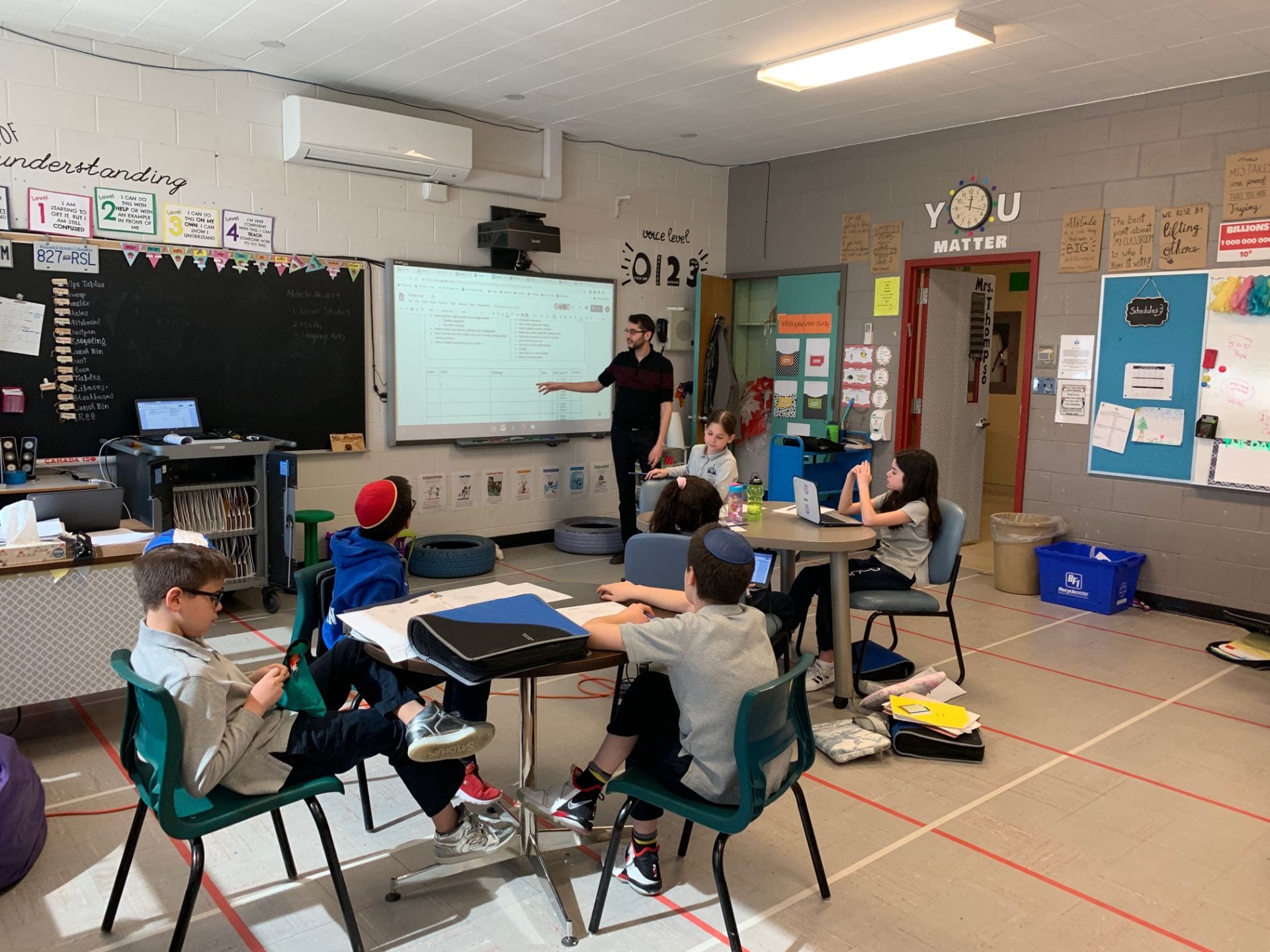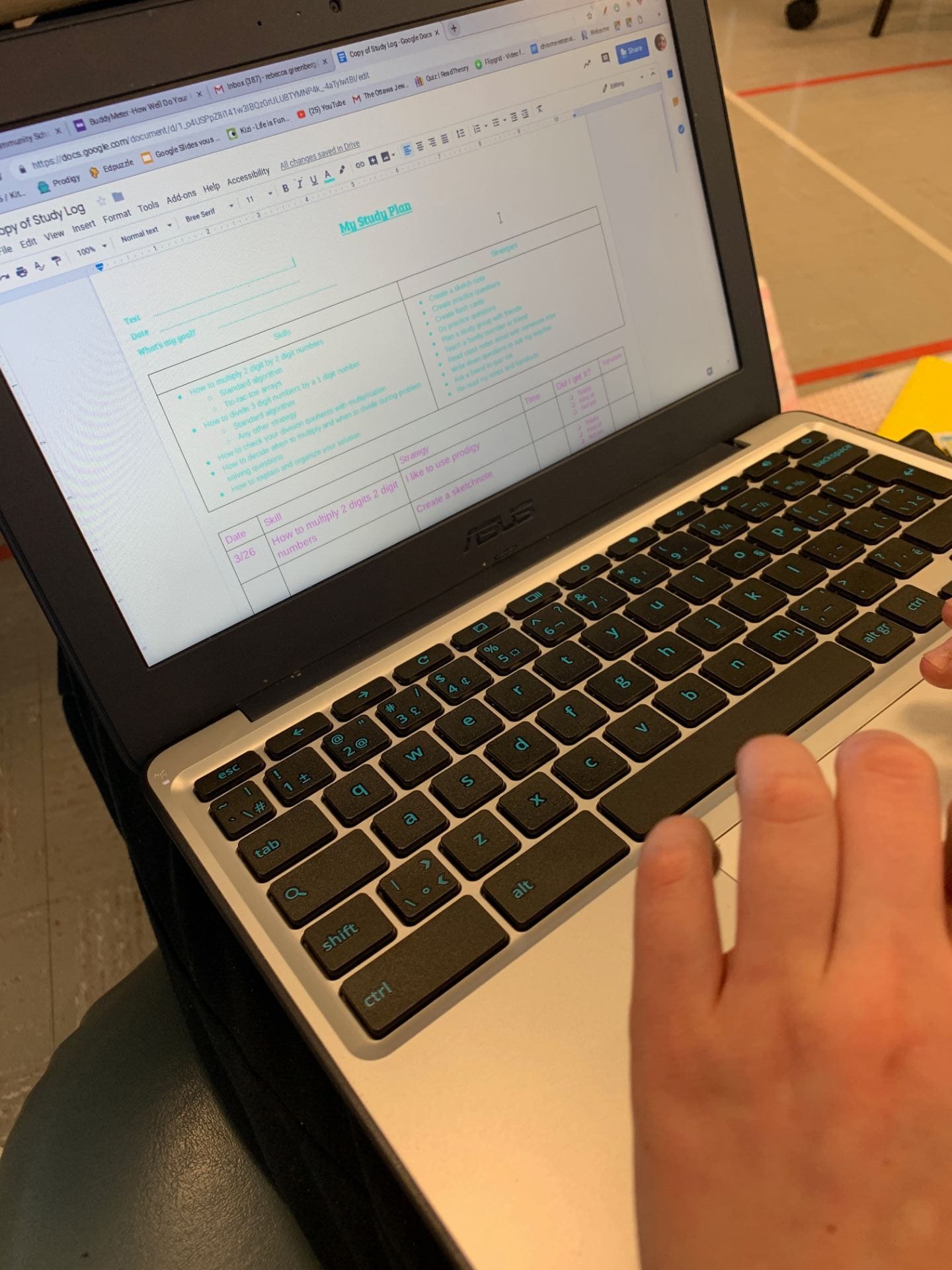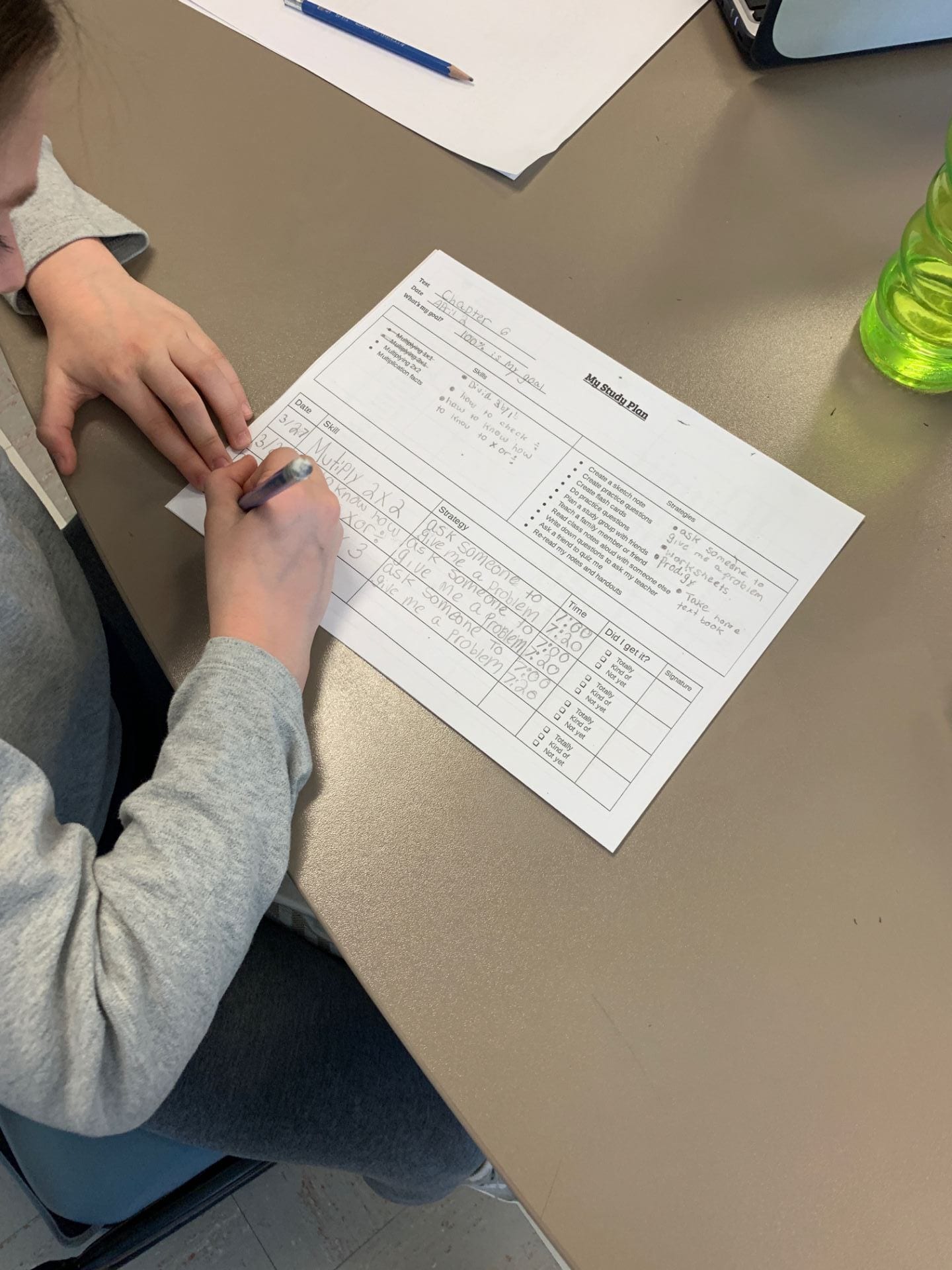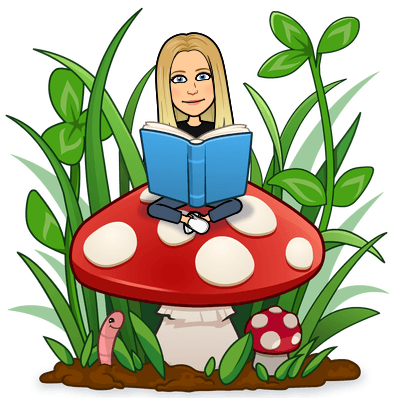
Over the winter holidays, I read a book called, Hacking Homework by Starr Sackstein and Connie Hamilton. If you’ve read Dr. Mitzmacher’s blog, you know that homework is a topic of conversation currently going on in our school as well. One thing that resonated with me from Hacking Homework, is that we should “consider sound alternatives to traditional homework that foster a love of learning in all students and encourage them to learn outside of class, whether you tell them to or not.”
I have never been a huge homework-giver, but loved the ideas presented in the book about creating opportunities for students to learn valuable lessons, without necessarily realizing that they are learning. Hack 4 (be flexible with assignments and deadlines), Hack 6 (spark curiosity), Hack 7 (use social media for learning), Hack 8 (amplify student voice), and Hack 9 (team up with families) can all be found in our newest homework assignment: WONDERful Acts of Kindness.
As Summer, a character from our novel study, Wonder by R. J. Palacio, has taught us, what starts as a small act of kindness can ultimately have a very big impact. In the story, Summer started sitting with Auggie at lunch because she felt bad for him, however ended up finding a true friend in the end. Her act had a positive impact in her own life, and it also impacted the way Auggie felt every day when he came to school. On top of that, perhaps other students in the school were able to see Summer’s act of kindness and be influenced to do their own. We really have no idea the magic our simple actions can have on the world
…but we can try…
Today I launched our WONDERful Acts of Kindness challenge (based on an activity by Presto Plans). Each student will be challenged to perform (at least) three acts of kindness. When they have done their act, they will give that person a ‘Pay It Forward’ card, in the hopes that this individual will then perform their own act of kindness, continuing to pass on the card to influence others to do good deeds. This concept of Paying it Forward isn’t new, but here’s where we will try to get a little glimpse into how far our actions can travel. On the back of each ‘Pay It Forward’ card, there will be a link to this blog post, along with some guiding questions the students came up with today:
- What city do you live in?
- How did you get this card?
- What will you do to pass it on?
People who experience one of our acts, or feel the ripple effects, will be asked to share their story on our blog, so we can see just how far it goes!
As always, if you have any questions, please feel free to reach out. I will be handing the cards out to the students on Friday to get our WONDERful Acts on the move!






